How Do I Remove The Stripped Bolts From My Civic Air Filter Cover?
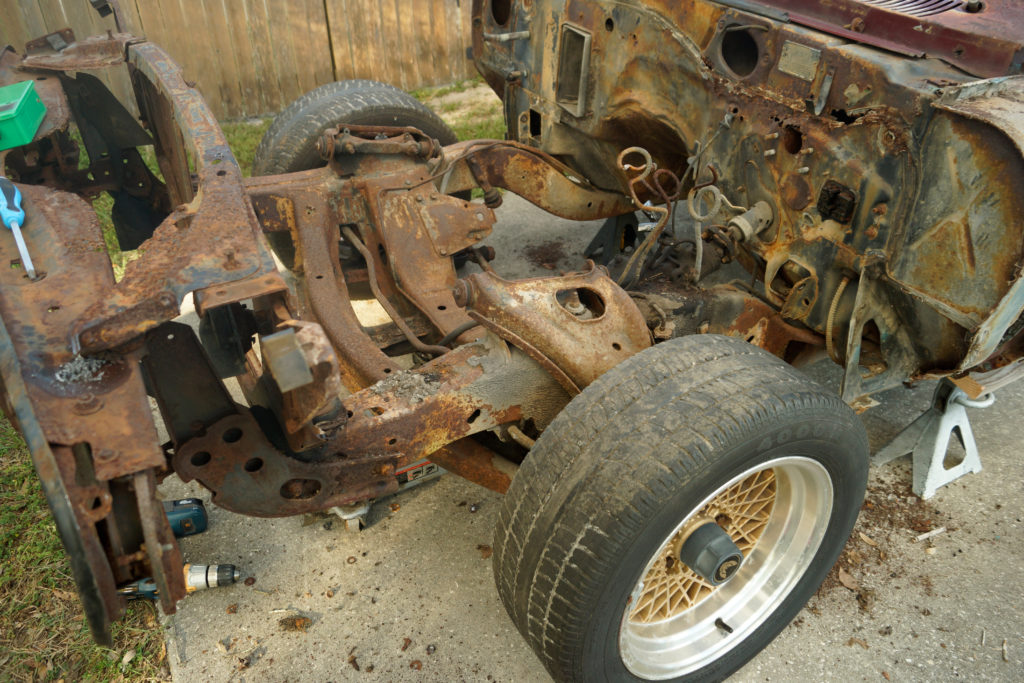
A rusted, seized commodities or nut can turn an easy projection into a nightmare.
In fact, mechanics have been known to hold a lucky rabbit's foot or refuse to work on Friday the 13th for that very reason.
But removing a stuck bolt doesn't rely on luck—it relies on the proper preparation and tools.
OnAllCylinders contributor Jim Smart wrote an in-depth article that covers a lot of the stuff nosotros mention here, but goes deeper into the topic of thread repair. Y'all tin check it out here: Taking The Sting Out of Damaged Threads
Plan Alee.
If you have the luxury of planning a commodities removal in accelerate, and then take advantage of your head start by spraying the bolt with penetrating oil.
A quality penetrating oil does ii things:
Information technology will act as a balmy solvent to eat abroad at rust, plus it volition lubricate the threads, which will brand for an easier extraction (and mitigate the risk of snapping a bolt due to corroded threads.)
Some folks will make their own blend of penetrants using common garage substances like automatic transmission fluid, acetone, and candle wax—but nosotros're inclined to trust the off-the-shelf stuff.
Start several days in accelerate, spraying the commodities or nut every day with a fresh blast of penetrant.
Don't exist stingy—really soak the nut or commodities downward. Allow the penetrating oil a adept gamble to creep in to the bolt threads.
If the commodities or nut is located in a tight infinite, try to remove as many obstacles (brackets, panels, etc.) as you lot can to ensure your socket and wrench/billow bar has enough room to seat and turn properly on the fastener'due south head.
Utilise the Right Tools.
When it comes time to remove the bolt, take your 12-point socket and hide it in your sock drawer adjacent to your four-leaf clover—you won't need either 1.
Use a 6-signal socket for a traditional hex-head bolt. That volition reduce the take chances of accidentally rounding the head or nut.
If your bolt in question is an Allen or Torx, brand absolutely-positively certain you've got the right-size bit. (AMC and Jeep folks know what we're talking virtually.)
Accept a wire brush and knock-off any corrosion on the bolt caput. Yous want to ensure your socket is seated fully onto the fastener.
Don't lead off with an touch wrench or billow bar. Instead, effort to run across if you tin break the bolt costless with your trusty socket wrench. You don't want to risk shearing the bolt head off with unnecessary force.
Greek History Fourth dimension!
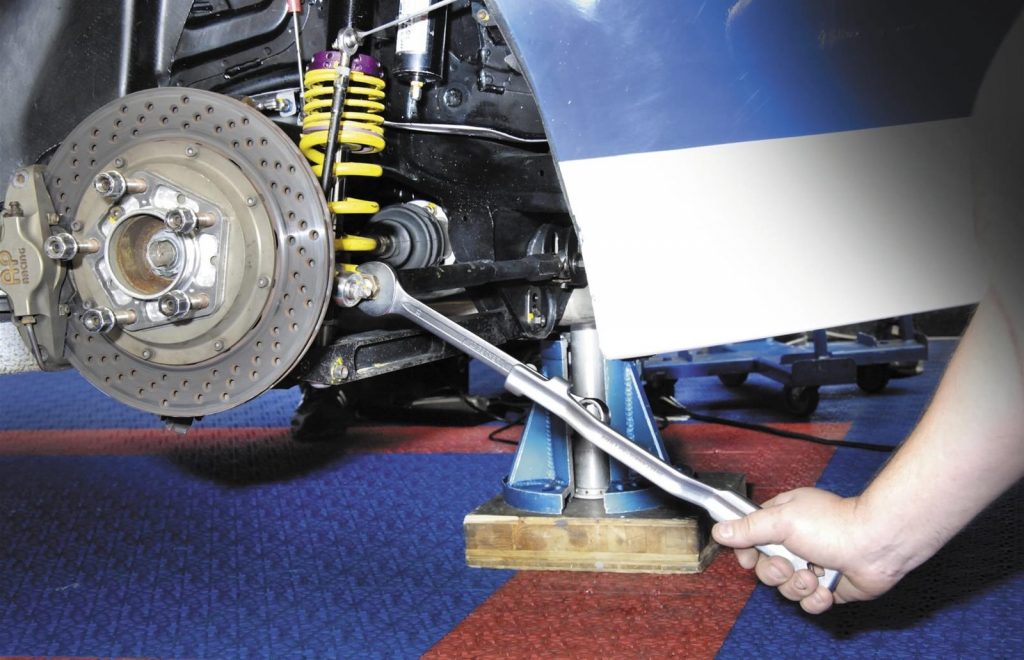
If, after all that, your bolt is stuck—telephone call Archimedes.
Archimedes was an ancient Greek gearhead who was the get-go to mathematically explicate the mechanical advantage of a long lever. In other words, he helped invent the billow bar. Applying gentle force, use the bar's leverage to apply more than turning strength to the bolt head. Feel is of import, and if you think you're going to round or shear the bolt head, back off the fastener.
If a breaker bar nonetheless won't release the bolt, it's time to contact Prometheus.
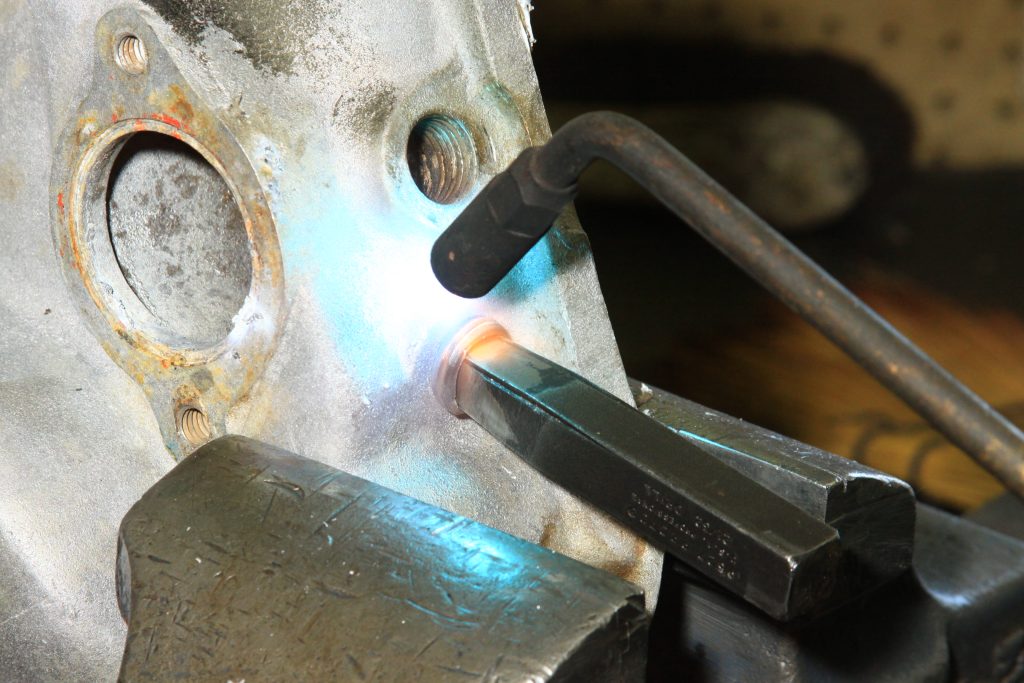
In Greek mythology, Prometheus stole fire from the gods and gave it to the mortals. Now, thanks to him, you tin use that burn to un-stuck your bolt.
Using a torch, heat the bolt caput or nut. Due to thermal dynamics, the bolt or nut will expand. The hope is that expansion and contraction process will also un-seize the bolt, breaking the corrosion that grips the threads.
Apparently, you'll want to have great care to avert any damage caused by the intense heat. Clear away any solvents, and make sure you're non using your torch most a fuel line and oil-weeping gasket. Your torch will also quickly melt plastic and rubber, so be mindful of bushings, mounts, and boots. (Mini torches and induction tools are really handy for this sort of job.)
Continue the heat centered precisely on the bolt head or nut for about twenty-30 seconds, and then let information technology cool.
Though opinions differ, we recommend waiting for the fastener to cool back down before yous attempt to turn it. Again, the magic of this method occurs in the expansion action breaking loose the corrosion.
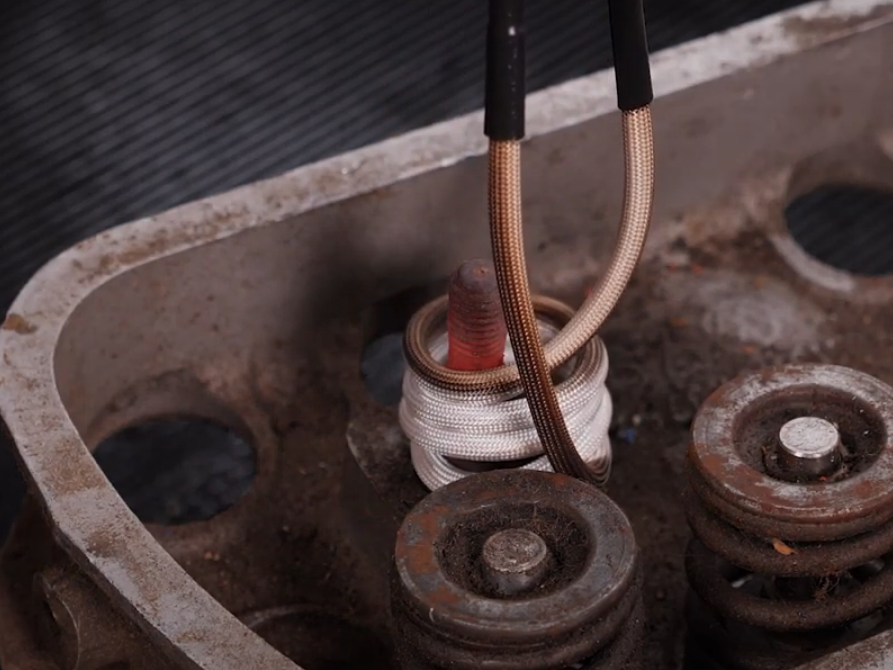
Bear upon Play.
An electric or air-powered impact wrench is the stuck commodities's arch nemesis. If you're lucky enough to have 1, remember to try to loosen the bolt by paw first—too much torque besides fast can spell disaster to a rusted fastener.
In addition to the rotation forcefulness of the wrench, the impact action will help shock the bolt costless, loosening corrosion that may exist gripping the bolt.
Preventative Maintenance.
There are several things you can do to assist prevent the commodities getting stuck in the offset place.
- Proper Torque. Avoid over-tightening bolts.
- Thread Lubricant/Anti-Seize. Utilise a quality thread lubricant to the bolt or stud to foreclose seizing caused past galvanic corrosion.
- Paint the Fastener Heads. A unproblematic glaze of spray paint will go on rust and corrosion off the fastener head, and prevent moisture from creeping into the threads.
- Brush Upwardly. Don't be shy near occasionally using a wirebrush on the fastener head. It will keep muck and wet out of the threads.
- Add a Coat of Grease or Oil. If you're unable to paint the heads, then periodically spraying them downwardly with a penetrating oil or applying a pocket-size dollop of grease will work just as well. It's also smart to do the same thing to the bolt'due south threads, if they're exposed behind a bracket.
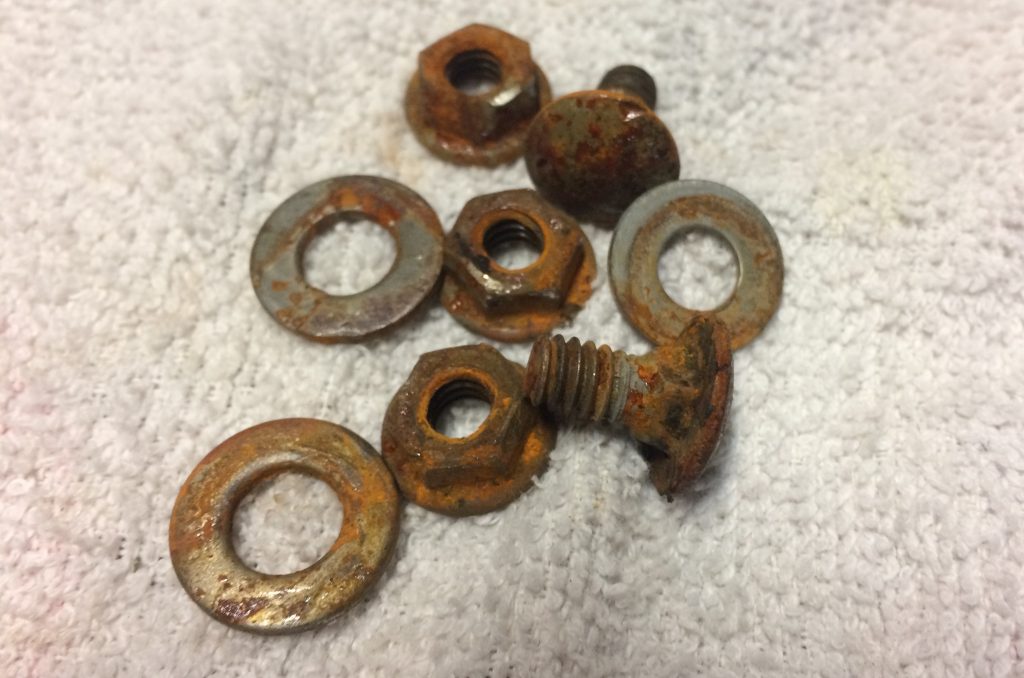
A Lucky Turn?
Hopefully, following these tips has been helpful, and your bolt or nut is lying harmlessly on the cement in front end of yous.
If it isn't, and y'all've rounded your fastener head or sheared it off completely, don't despair.
There are products out there to remedy a rounded nut and extract a broken stud—and none of them involve knocking on wood, wishing on rainbows, or crossing your fingers.
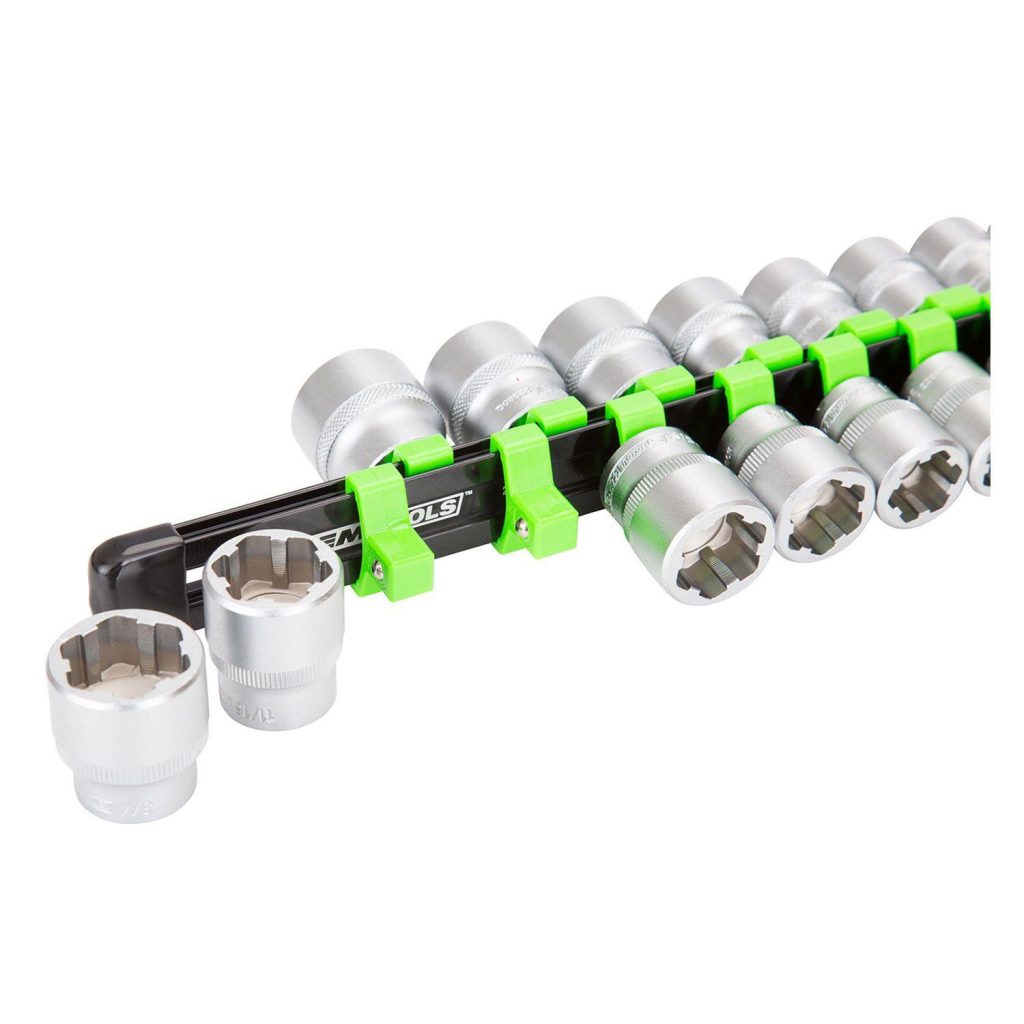
How Do I Remove The Stripped Bolts From My Civic Air Filter Cover?,
Source: https://www.onallcylinders.com/2017/10/13/how-to-remove-rusted-bolts-and-loosen-stuck-seized-or-frozen-nuts-and-bolts/
Posted by: warelosione.blogspot.com


0 Response to "How Do I Remove The Stripped Bolts From My Civic Air Filter Cover?"
Post a Comment